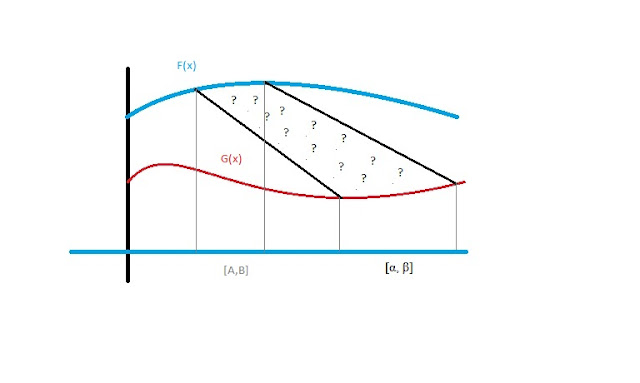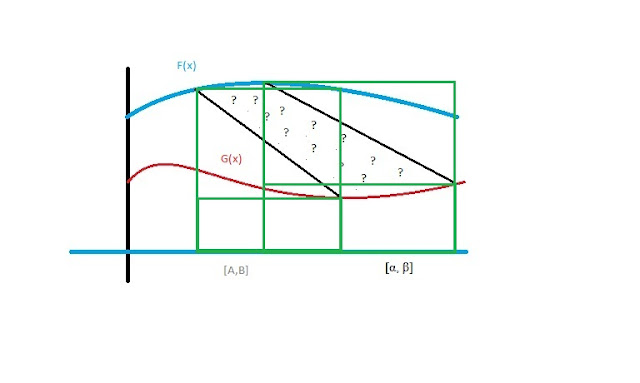If you want to try to play the 7 possible triads within G major, this chart makes it easy to see which chords fit in where!

The I, IV, and V chords are all major, and the II, III, and VI chords are minor. The VII chord is a minor, but with a flatted fifth - since F# minor would have a C# in it. G major doesn't have C# at all, so the chord gets a diminished kind of sound.
So far, looking at the chords this way on top of the major scale has really helped to pick out the arpeggios when I'm in a scale. The chart helps to see where to aim in the scale when you're in a major key that matches a chord progression (for example, if the song has a part with the chord pattern: G D Am C, you could focus your lead guitar's soloing to the I, V, II, and IV notes shown in the image above).
These patterns aren't just restricted to the key of G - you can slide this left or right by any amount of frets, and the patterns remain the same - it is just the key of the major scale that changes.
Many songs don't stay in the same key signature for long, but knowing where to play when the key signature is well-defined is critical if you want to clean up your soloing and improvisation while jamming.
Enjoy!
TIPS:
- Try to fill in the names of the notes on the above image - each chord is only 3 notes, repeated over and over again in the patterns. By doing this, you'll be learning the next level of detail (which note is which, and where octaves of each note can be found) - and once you are comfortable with that, playing scales along with any chord progression can be mastered!
- Practice these same patterns in key signatures other than G major. Just slide the whole major scale pattern to match the fret you wish to be your root note - everything else stays the same!























